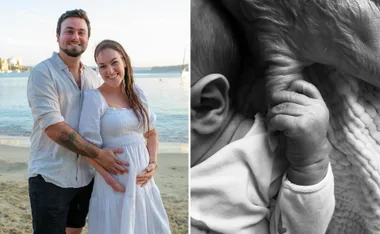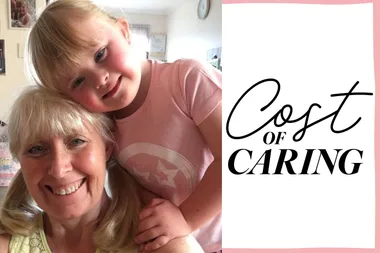When it comes to certain issues there is one person a 13-year-old girl won’t hear a word from, no matter how sound or pertinent, and that is her mother, or anyone who could be.
Being 23 now, it hasn’t been too long since I was a teenager ignoring mum’s tips on the dos and don’ts of school dance attire and plotting schemes to get away with seeing a MA15+ movie, but I’d hazard a guess that the body image debate that has permeated media commentary from mummy blogs to mainstream newspapers this past week would be another of those issues a teenager might not seek maternal advice on.
When 13-year-old Brisbane girl Kirsty Thatcher was announced the winner of the newly resurrected Dolly Model Search competition earlier this week, the criticism erupted.
Related: Dolly wins inaugural Positive Body Image Awards
Commentators came in with the best intentions and were not unqualified. Those who voiced their outrage highlighted genuine concerns for young girls and their body image issues. Some of them were mothers of teenagers themselves and many had worked in the magazine industry and had first-hand experience in modelling competitions.
Former Dolly editor Mia Freedman’s post on Mamamia.com.au about why the she axed the competition during her reign exploded with more than 130 comments from the sites loyal 21- to 49-year-old female audience.
Their concerns weren’t invalid. With sexual pressure on young girls starting earlier than ever before and young people ranking body image as their greatest concern, it has never been harder being a teenage girl. But does having grown-ups bicker over these issues and criticise teen mags, making an example of Kirsty and her peers, make it any easier? At least for Kirsty Thatcher, it probably doesn’t.
She was selected as an ambassador for Dolly’s teen readers. In Editor Tiffany Dunk’s words “we are not just looking for a fashion model, but also a role model who can be a positive ambassador for Dolly.”
But from now on whenever Kirsty’s name is Googled – and this will happen every time someone scouts her for a modelling job, befriends her on Facebook, or does a quick check before every first date for the rest of her life – it won’t be messages of positivity that dominate the hits, but highlights from a vicious debate criticising the competition that brought her into the public eye, and attacking the magazine for not choosing a “more suitable” role model for positive body image.
That would hardly do wonders for a young girl’s self-esteem.
As many of the critics highlighted, Dolly magazine was given an award of its own last month when it was announced the winner of the Government’s inaugural Positive Body Image Awards.
And as the Awards panel chairperson, Australian Women’s Weekly Editor-in-Chief Helen McCabe has pointed out, the judging panel did not have the luxury of a wide range of choice as there are simply not enough businesses taking initiative in this area, but the awards went to deserving recipients.
In the interest of full disclosure, I worked closely with the panel and was involved in the Awards, and like the rest of the judging panel was pleasantly surprised and impressed with the entrants that came in, particularly from teen magazines Dolly and Girlfriend.
While the Model Search wasn’t considered as part of its application (it fell outside the eligibility period), Dolly’s retouch-free policy, its use of readers over models, inclusion of a diverse range of real girls in the magazine’s fashion and beauty pages, and the positive body image messages in its articles were refreshing and impressive. Girlfriend was recognised for similar initiatives.
More impressive was Tiffany Dunk’s declaration that the reason such policies had been imposed was because the readers were demanding them. Young women are conscious of the negative body images they’ve been fed and they are driving a positive change.
There is an active conversation surrounding the pressing issue of teen body image, but it’s not the one that former magazine editors and grown women who have already dealt with their body image issues are fighting over.
Related: Why airbrushing can’t be banned
It’s being pioneered by the teens living these issues and casting a critical eye over the body image messages they’re presented with.
We should leave the conversation to the teens rather than squabbling over it amongst ourselves. If they don’t want to listen to their elders, they listen to each other, and magazines have no choice but to listen to them. From the changes being implemented in teen mags demanded by the young women who read them, it looks like they’re doing a pretty good job of it already.











